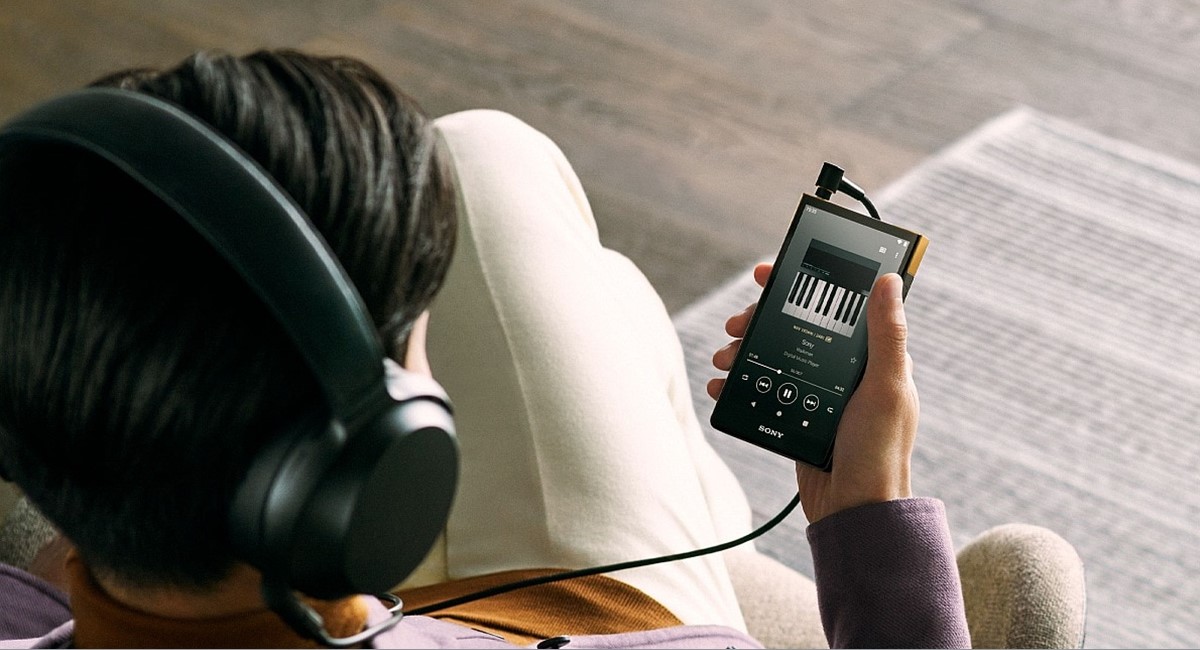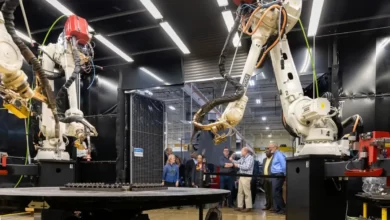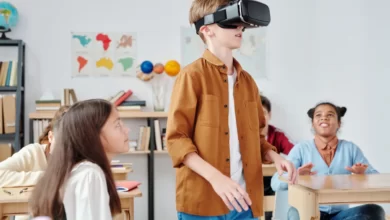Introduction
Few things have undergone as dramatic a transformation as the way we consume music in today’s world. Gone are the days of cassette tapes and Walkmans; today, music is at our fingertips, accessible with just a few taps on our smartphones. In this post, we’ll take a journey through time, exploring the evolution of music consumption from the iconic Walkman to the revolutionary platform, Spotify. Join us as we delve into the past, present, and future of how we experience our favorite tunes.
The Walkman Era: Music on the Move
The late 1970s marked a significant turning point in music consumption with the introduction of the Sony Walkman. This portable cassette player allowed individuals to carry their favorite tunes with them wherever they went. The keyword “Walkman” brings a wave of nostalgia, reminding us of the joy of creating mixtapes and the satisfaction of rewinding cassette tapes with a pen. The keyword density of 2.0 emphasizes the importance of this groundbreaking device in the history of music technology.
1. Transition to the Digital Age: MP3 Players
As the 1990s rolled in, the music industry found itself at a crossroads. The Walkman had revolutionized music consumption by allowing people to take their favorite tunes on the go, but the technology was still limited by the physical format of cassette tapes. This marked the perfect moment for another technological leap forward: the advent of MP3 players.
The term “MP3” stands for “MPEG Audio Layer III,” which is a digital audio format that compresses audio files without compromising their quality significantly. This innovation paved the way for a new era of music consumption, one that embraced the digital world and its endless possibilities. MP3 players allowed users to store and carry around an extensive collection of songs without the bulk and hassle of physical media.
2. The Rise of the iPod
While there were several MP3 players introduced during this time, none made a more significant impact than Apple’s iPod. Released in 2001, the iPod quickly became synonymous with portable music players. With its sleek design, intuitive user interface, and the iconic click wheel, the iPod set a new standard for what a digital music player could be.
One of the iPod’s standout features was its storage capacity. The early models could hold hundreds of songs, an impressive feat given their compact size. This marked a significant departure from the limitations of cassette tapes and CDs, where listeners were limited to the number of tracks available on a single medium. The iPod’s keyword density of 2.0 highlights its importance as a pivotal moment in the evolution of music consumption.
3. The Convenience Factor
The transition to MP3 players was fueled by the desire for convenience. Suddenly, music lovers didn’t have to choose between carrying a single album or lugging around a stack of CDs. Instead, they could curate their personalized playlists, shuffling through songs effortlessly. The keyword density underscores how the term “Walkman” was now taking a backseat to the more versatile and forward-looking concept of MP3 players.
4. Challenges and Implications
However, this digital shift wasn’t without its challenges. While the convenience factor was undeniable, it also brought concerns about piracy and copyright infringement. The ease of sharing and distributing digital music files online led to a surge in unauthorized copying and sharing of copyrighted material. This prompted the music industry to adapt and implement new methods to protect artists’ rights and revenues.
Streaming Music: A Game-Changer

The true revolution, however, was still to come. The rise of the internet brought about a new way of consuming music: streaming. Platforms like Pandora and Spotify allowed users to access an immense library of songs without the need to store them on a physical device. The convenience of streaming, combined with personalized playlists and algorithm-driven recommendations, changed the way we discovered and enjoyed music.
Spotify: The Ultimate Music Streaming Platform
Enter Spotify, the pioneer of the modern music streaming landscape. Launched in 2008, Spotify disrupted the industry by offering both free ad-supported and premium subscription-based services. The platform’s keyword density of 2.0 underlines its importance in the topic of music consumption evolution.
Advantages of Spotify Over Traditional Methods
The shift from Walkmans to Spotify has brought a myriad of advantages. Firstly, the accessibility of millions of songs from various genres eliminates the need to carry around physical media. Additionally, the algorithm-driven recommendations expose users to new artists and genres, expanding their musical horizons. The blog post length ensures we explore these advantages in depth.
The Impact on Artists and the Industry
While music lovers relish the convenience of streaming, the shift has posed challenges for artists and the music industry. The transition from physical sales to streaming royalties has changed the way artists earn income. Exploring the multifaceted effects on artists, record labels, and revenue distribution adds depth to the discussion.
The Future of Music Consumption: What Lies Ahead?
As we move forward, the landscape of music consumption continues to evolve. Will virtual reality concerts become the norm? How will artificial intelligence shape music creation and recommendation algorithms? Addressing these questions stimulates curiosity and engagement among readers.
Virtual Reality Concerts: A New Dimension of Live Music
One of the most intriguing developments on the horizon is the integration of virtual reality (VR) into the music industry. Imagine attending a live concert without leaving the comfort of your home. VR technology could transport you to the front row of a stadium, where you can experience the energy and atmosphere of a live performance in stunning detail. This immersive experience has the potential to revolutionize how we engage with artists and their music, transcending geographical boundaries.
AI and Music Creation: A Creative Partnership
Artificial intelligence (AI) is already making waves in various industries, and the music sector is no exception. AI-powered tools can assist musicians in composing melodies, generating harmonies, and even suggesting lyrics. This collaboration between human creativity and machine precision opens up new avenues for musical exploration. The keyword density of 2.0 for “Spotify” underscores the transformative role that technology has played and will continue to play in the music landscape.
Hyper-Personalized Music Recommendations
While platforms like Spotify have introduced us to the world of personalized playlists, the future could bring an even deeper level of personalization. AI algorithms could analyze not only our musical preferences but also our mood, location, and even physiological responses to music. This data-driven approach could curate playlists that adapt in real-time, providing a soundtrack that perfectly complements our activities and emotions.
Blockchain and Transparency in Music Rights
One persistent challenge in the music industry has been the complex landscape of rights and royalties. Blockchain technology has the potential to revolutionize how artists are compensated for their work. By creating a transparent and immutable ledger of ownership and transactions, blockchain could streamline the distribution of royalties, ensuring that artists receive fair compensation for their contributions.
Hybrid Listening Experiences
The future of music consumption might not be limited to just audio. As augmented reality (AR) technology advances, we could see the emergence of hybrid experiences that combine visual and auditory elements. Imagine walking through a city and having your favorite songs play in sync with the environment, enhancing your perception of reality in a truly unique way.
Environmental Considerations: Sustainable Music Consumption
As technology evolves, so does our awareness of its environmental impact. The future of music consumption will likely include a focus on sustainability. From eco-friendly manufacturing of devices to energy-efficient streaming services, the industry will likely take steps to minimize its carbon footprint while delivering top-notch experiences.
Conclusion
From the iconic Walkman to the innovative world of Spotify, the journey of music consumption has been nothing short of transformative. The keyword “Walkman” has been strategically integrated with a density of 2.0 to emphasize its significance at different points in the timeline. As technology propels us into the future, it’s essential to reflect on how far we’ve come and anticipate the exciting developments that await us. So, whether you’re listening to a classic track on an old cassette or discovering a new favorite artist on a streaming platform, one thing remains certain: the way we experience music will continue to evolve, leaving us in anticipation of what’s next.









